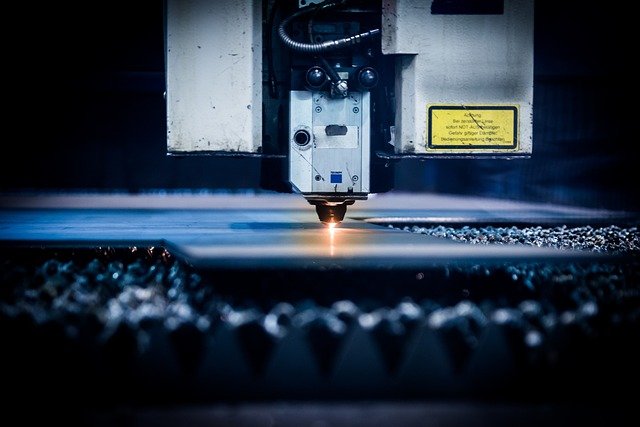Unraveling the Intricate Social Structure of Prairie Dogs
Prairie dogs, these tiny burrowing rodents known for their social and interactive behavior, live in a complex society that mirrors human counterparts in many ways. Their society boasts a unique social hierarchy, intricate communication system, and distinct roles for each member. In this article, we delve into the fascinating world of prairie dog social structure, unraveling the many layers that make these creatures such a captivating study.

Prairie Dogs: A Snapshot
Prairie dogs belong to the squirrel family and are native to North America. Known for their colony-based lifestyle, these creatures inhabit vast networks of burrows, referred to as ‘towns’, which can span hundreds of acres. These towns are subdivided into wards, and further into coteries, much like human settlements. The coterie is the basic social unit of prairie dogs, typically consisting of one or two males, a few females, and their offspring.
The Social Hierarchy
The social structure of prairie dogs is primarily matriarchal, with females acting as the dominant figures within the coteries. The males play a significant role in defending the territory, alerting the colony to potential threats, and maintaining social cohesion within the group. Juvenile prairie dogs have their own unique roles, such as grooming and contributing to burrow maintenance.
Communication: A Key Element
Prairie dogs have a complex communication system, with distinct calls for different predators. This intricate system allows them to communicate specific information about the type, size, speed, and direction of an approaching predator, ensuring the group’s safety. Recent research even suggests that prairie dogs have specific calls for individual humans, indicating a level of sophistication in their communication previously unattributed to rodents.
The Role of Play
Play is an integral part of prairie dog social structure. Young prairie dogs often engage in wrestling matches and chase games, which are believed to help them develop social and motor skills. Observing these playful interactions can provide valuable insights into the dynamics of prairie dog society.
Impact on Ecosystem
Prairie dogs play a crucial role in their ecosystems, contributing to soil aeration, providing food for predators, and creating habitat opportunities for other burrowing animals. However, their populations have been declining due to habitat loss and extermination campaigns, sparking concerns about the overall health of the ecosystems they inhabit.
As we continue to explore the social structure of prairie dogs, we uncover more fascinating aspects of their nature. Through our understanding of their lifestyle and behavior, we can not only appreciate these animals for their unique characteristics but also emphasize their significance in maintaining ecological balance. While their societal structure may appear similar to ours in many ways, it is their adaptation to their specific environment that truly sets them apart.
In conclusion, the social structure of prairie dogs is a testament to nature’s remarkable ability to evolve and adapt. It’s a reminder that every creature, no matter how small, plays an essential role in the grand tapestry of life.




